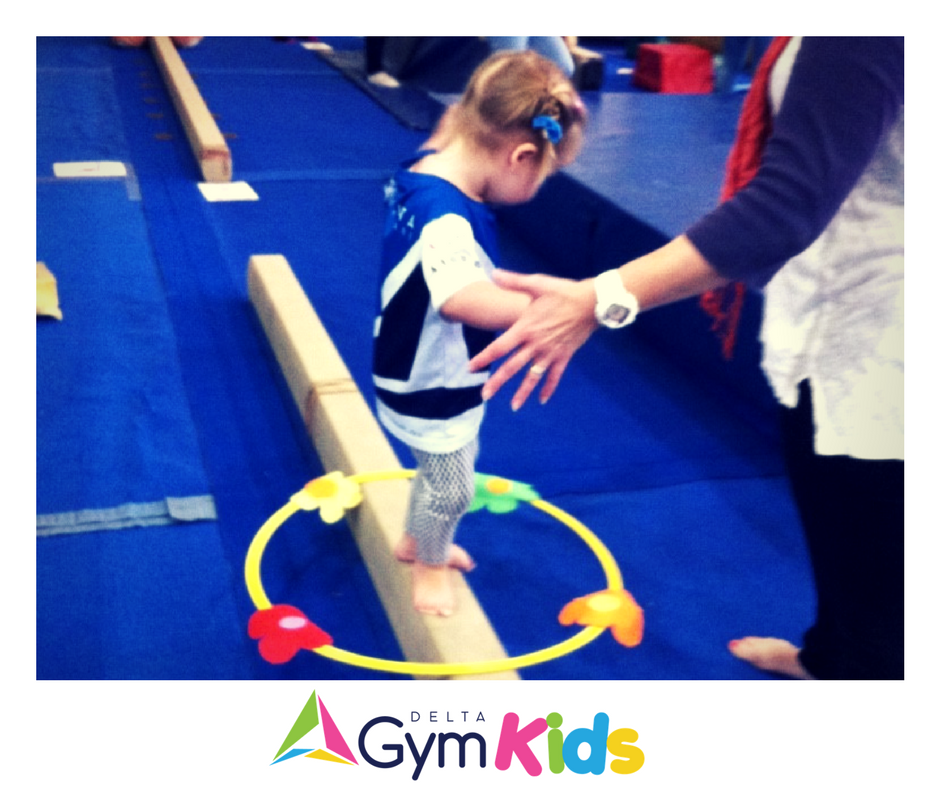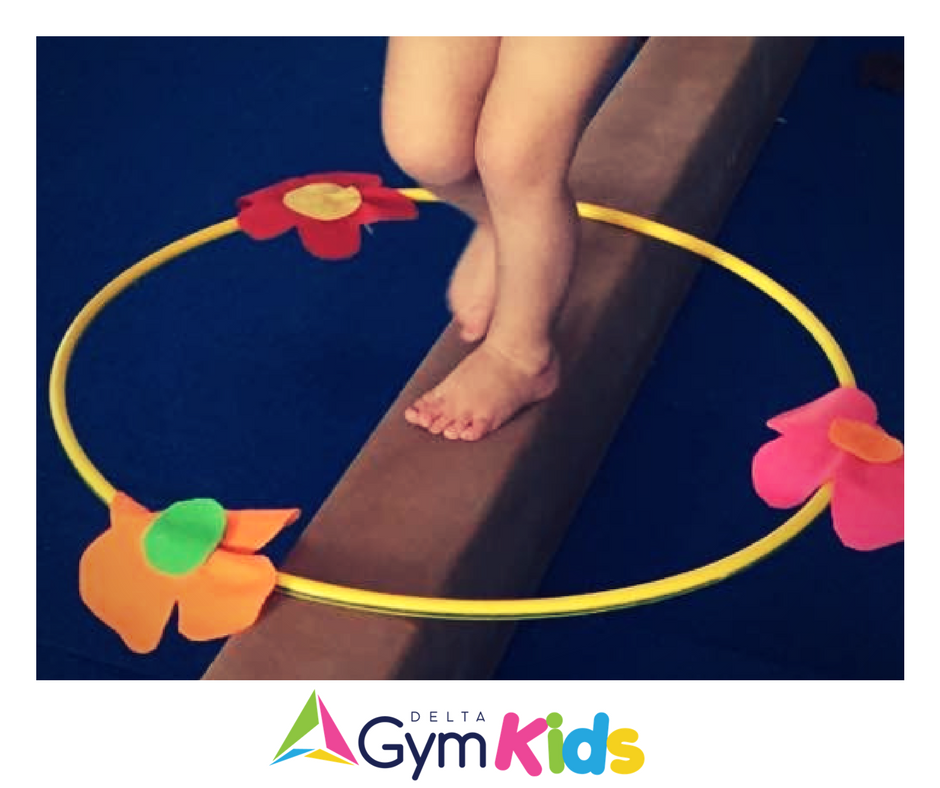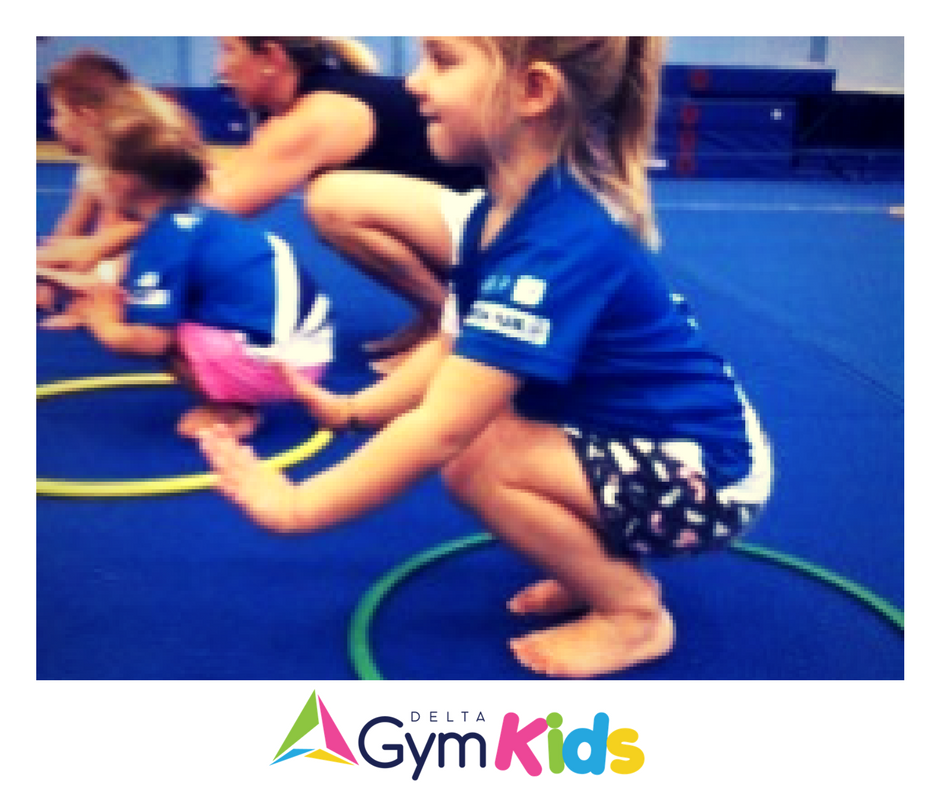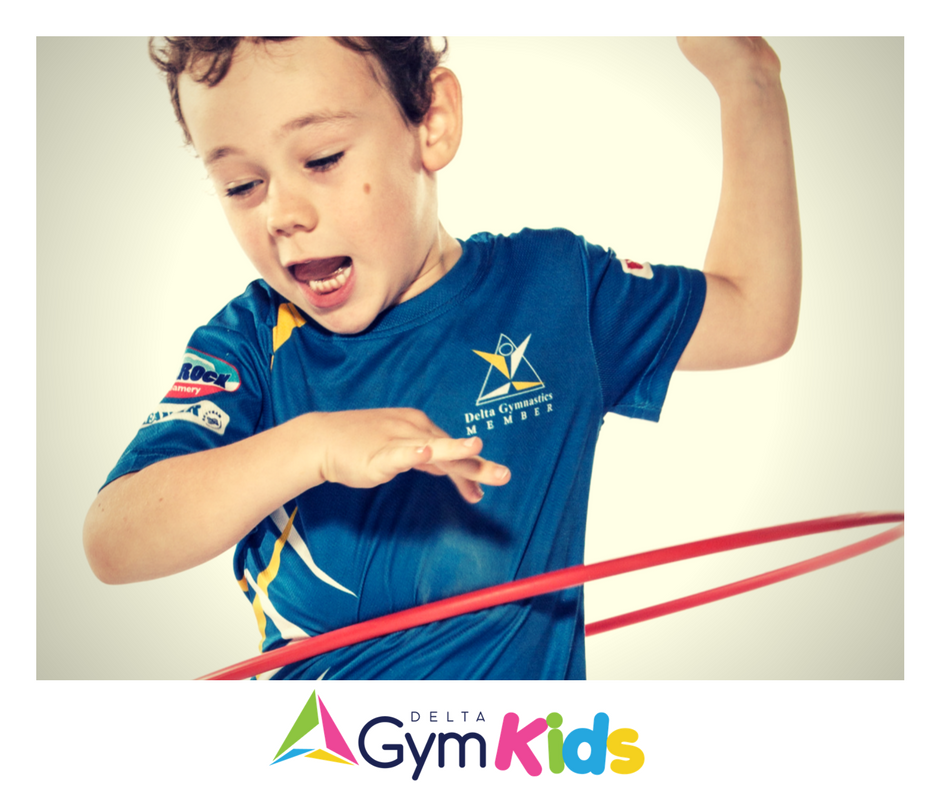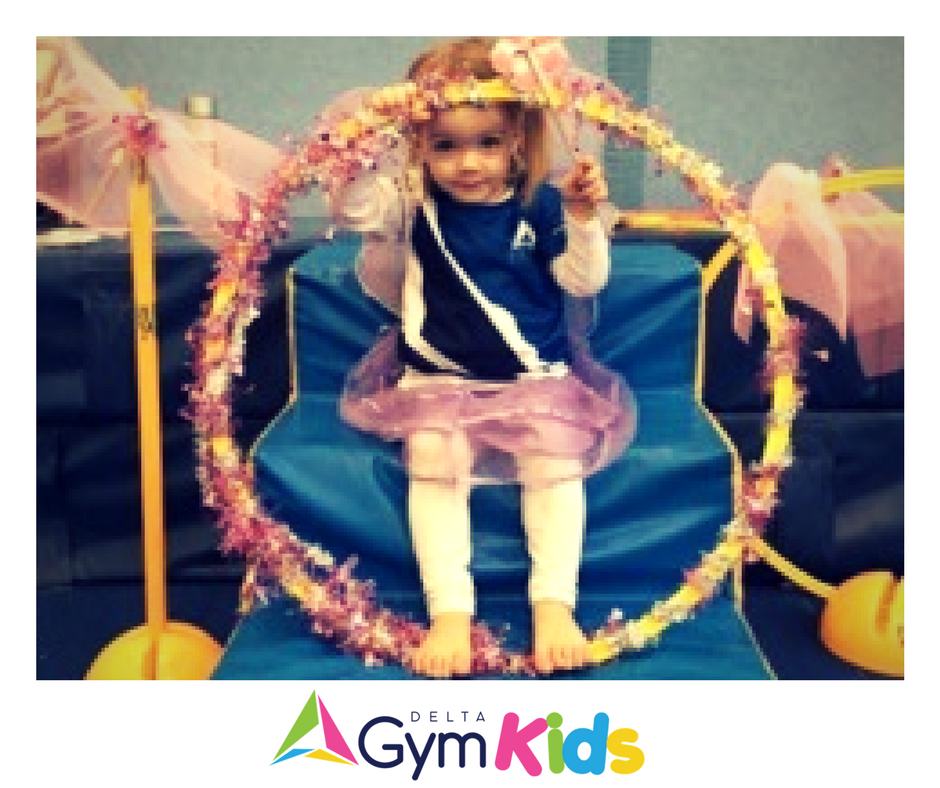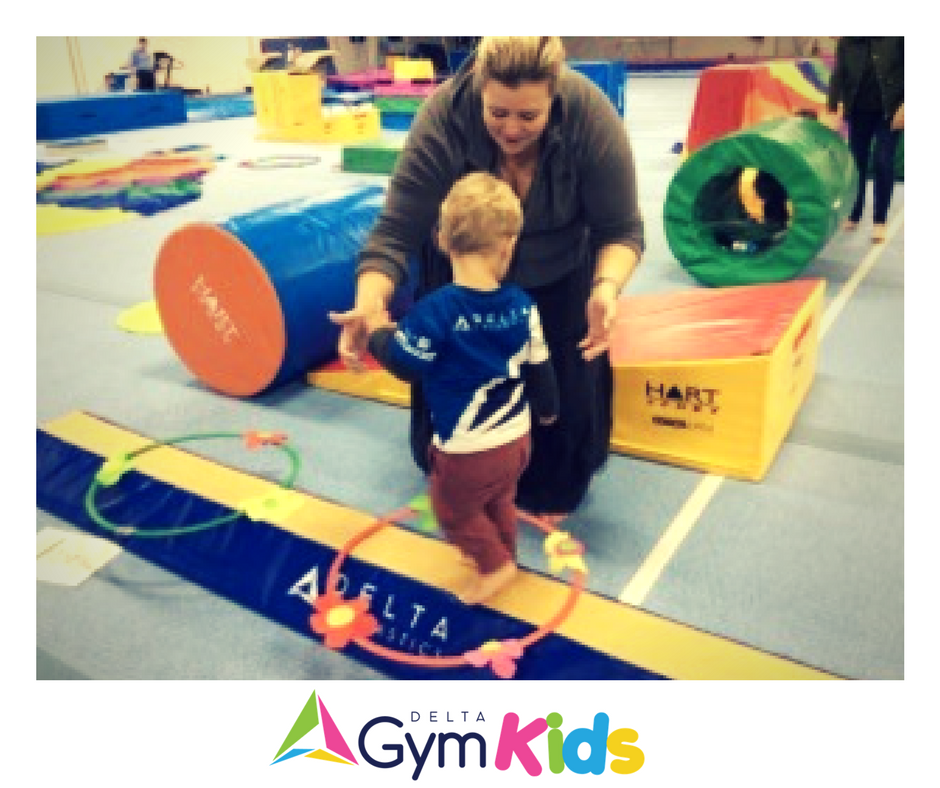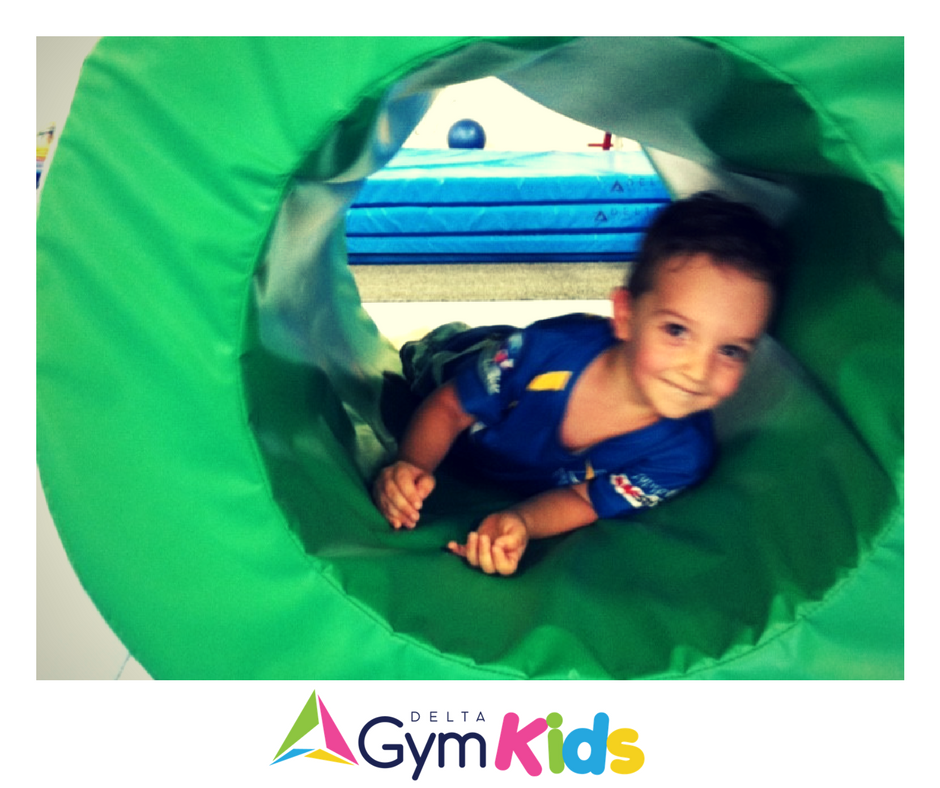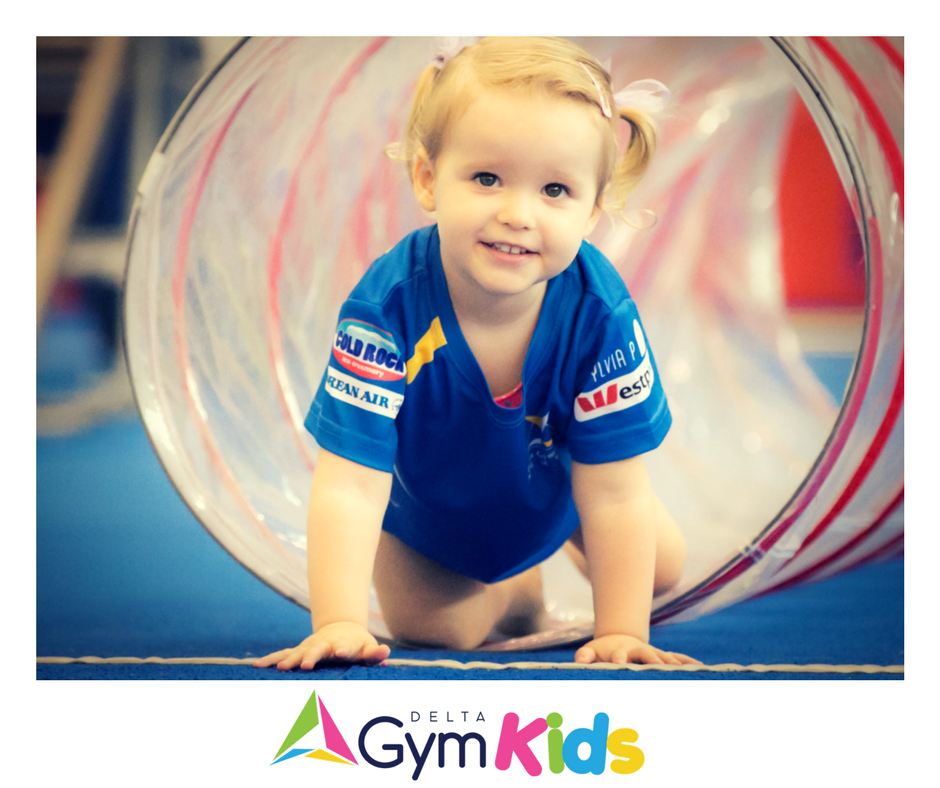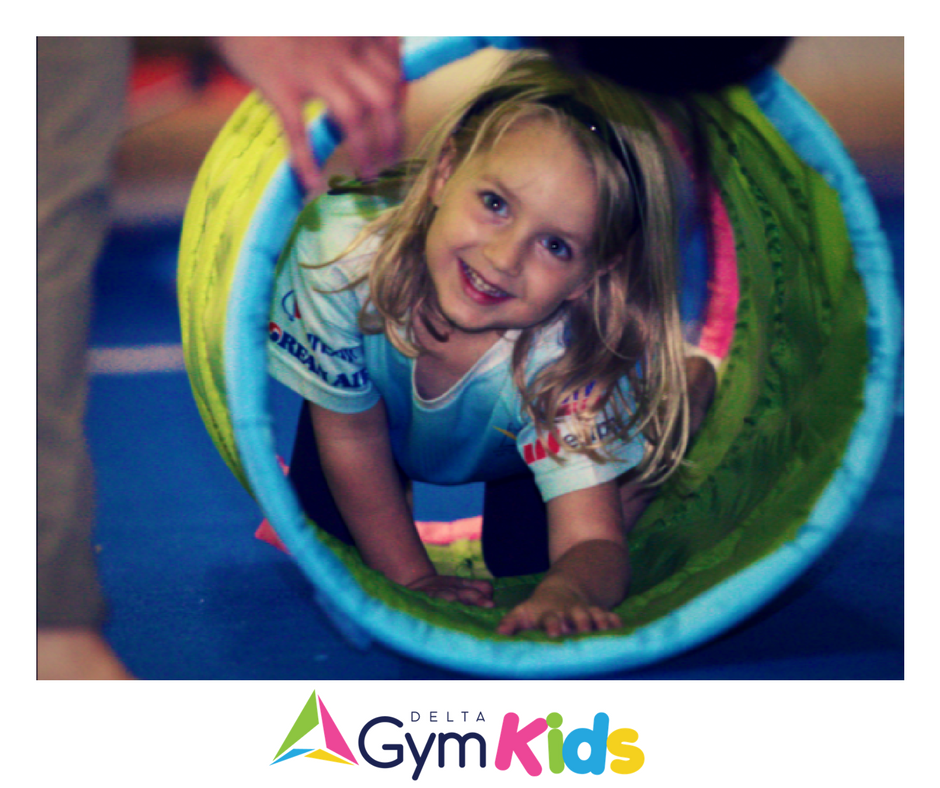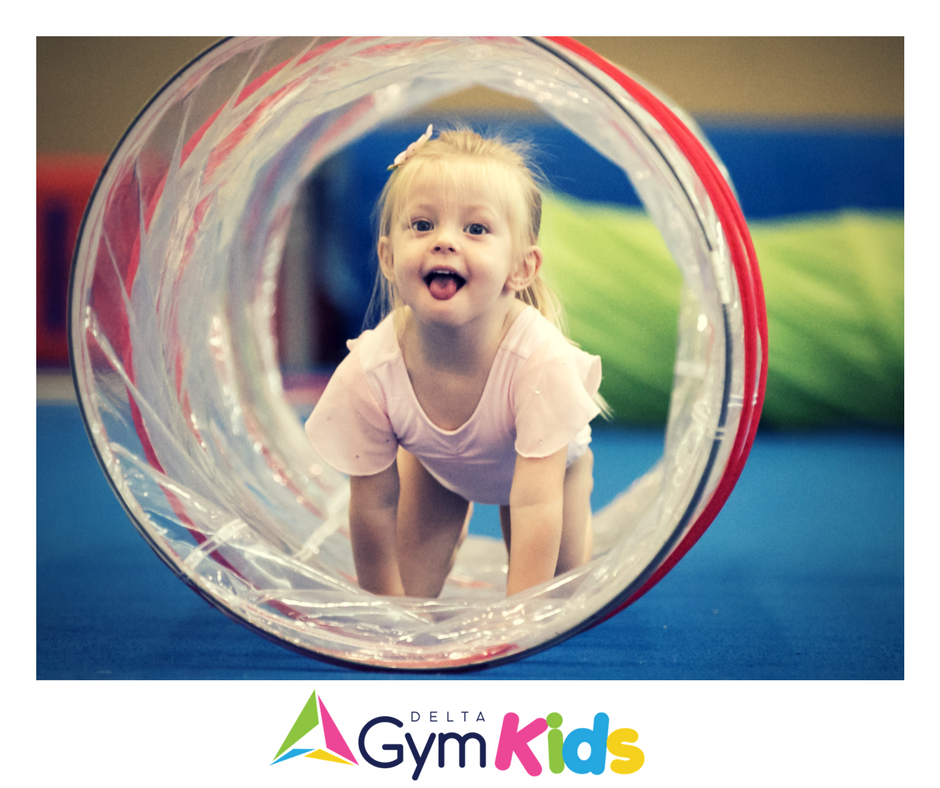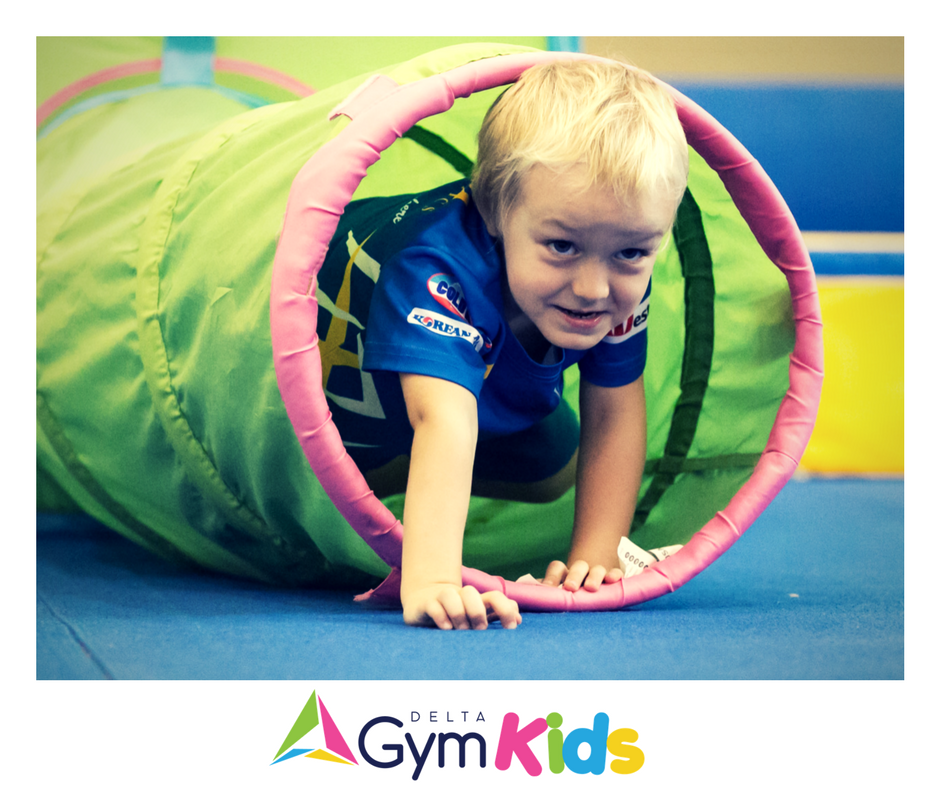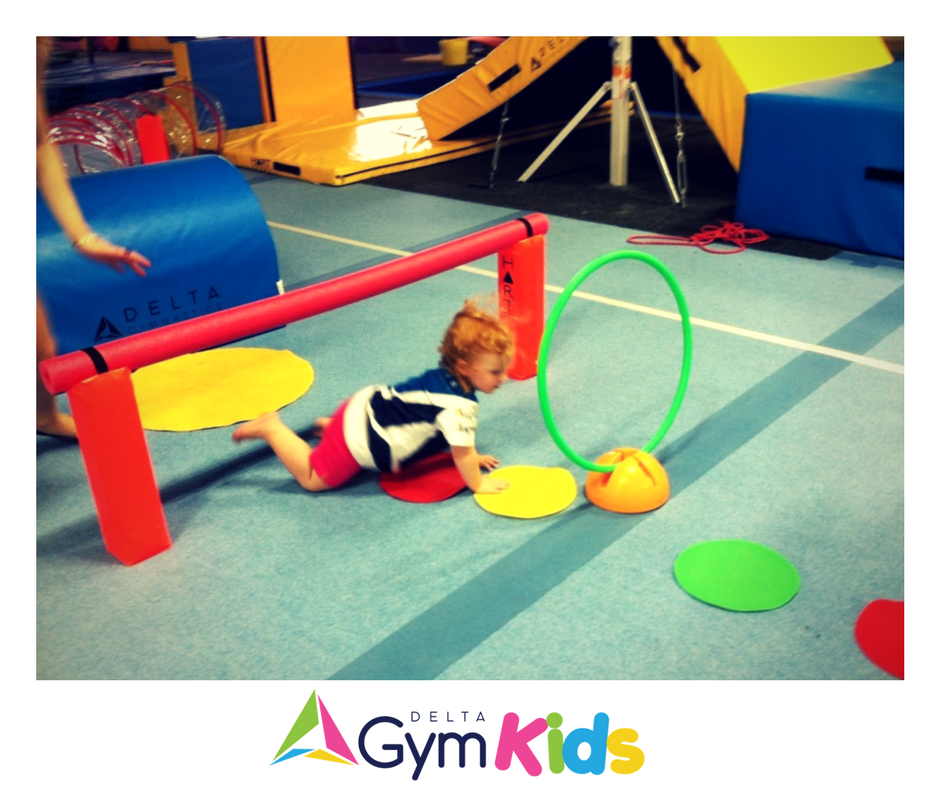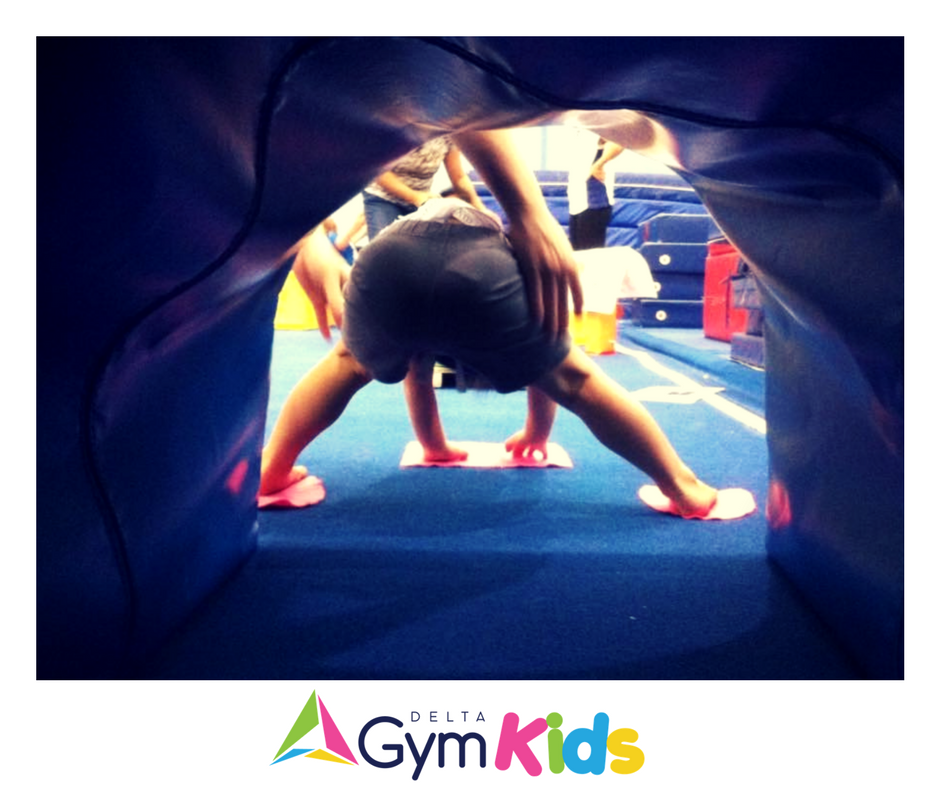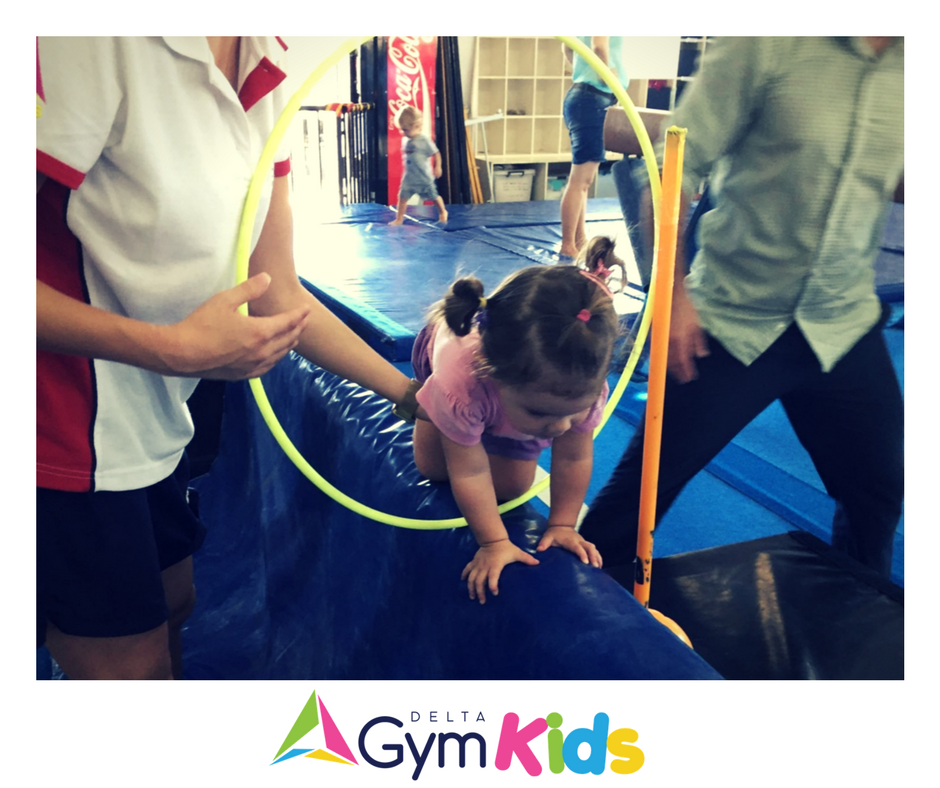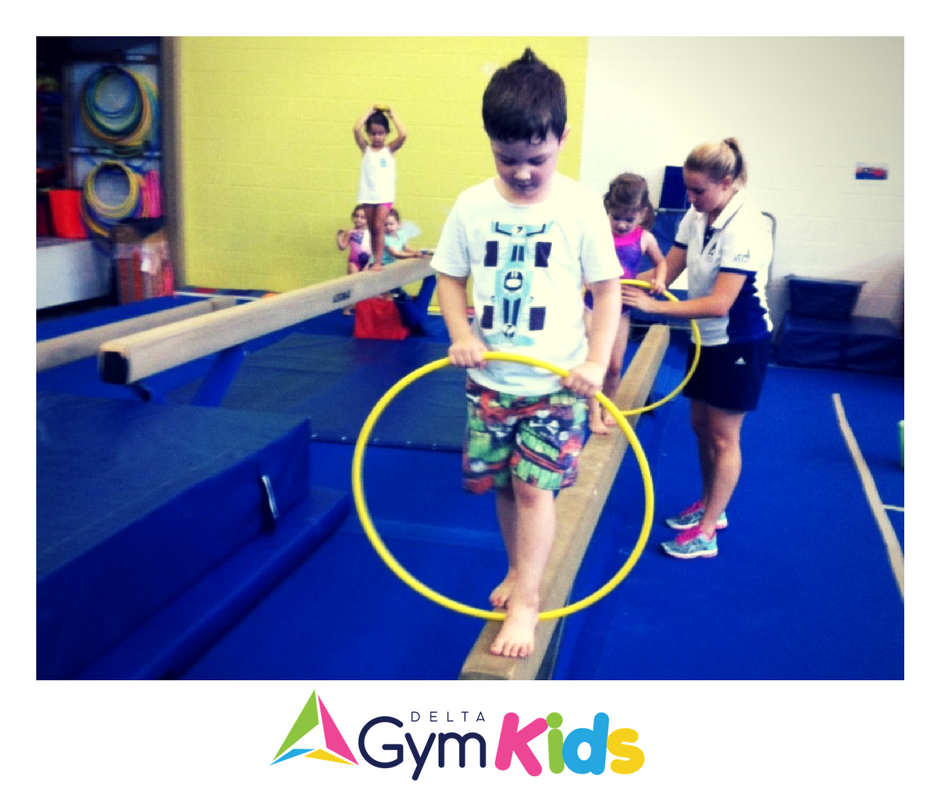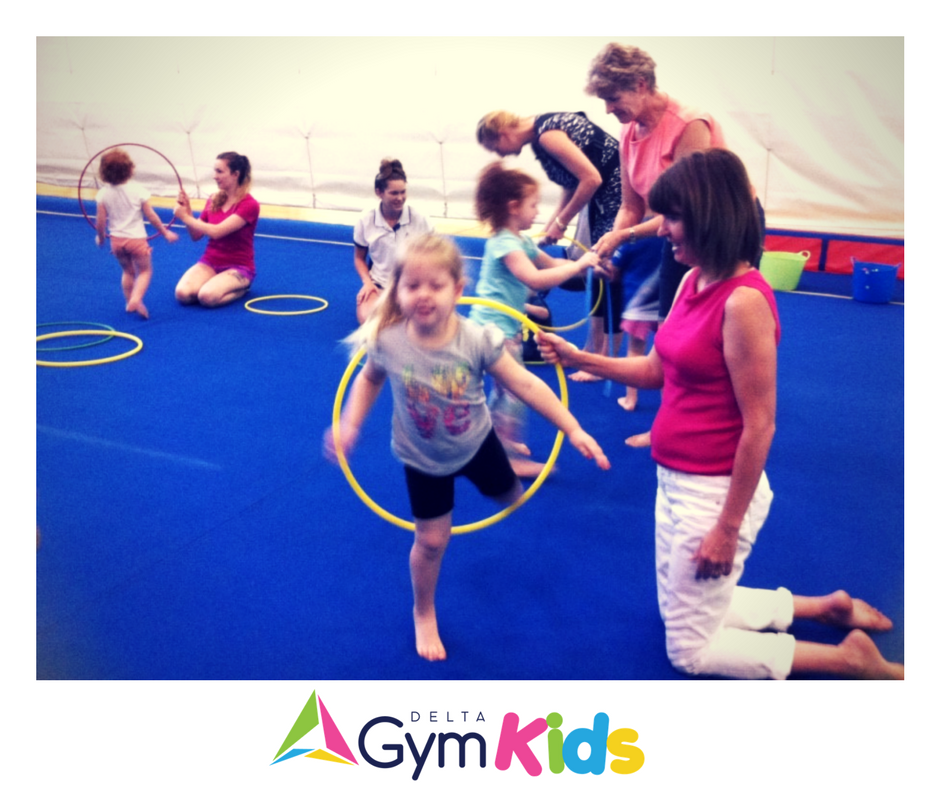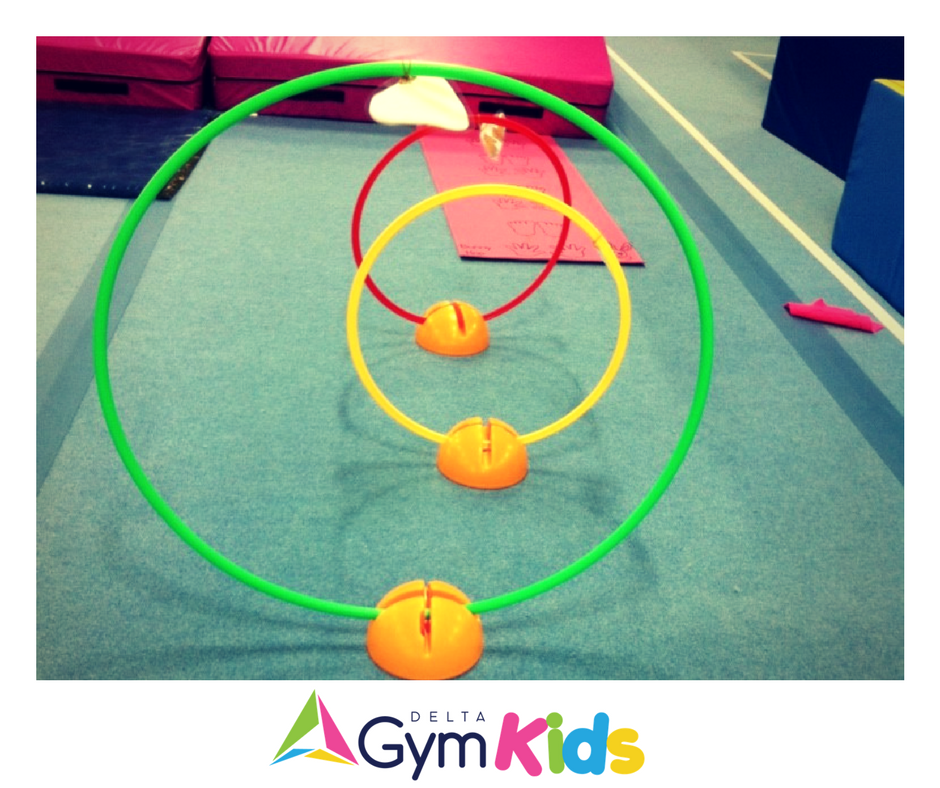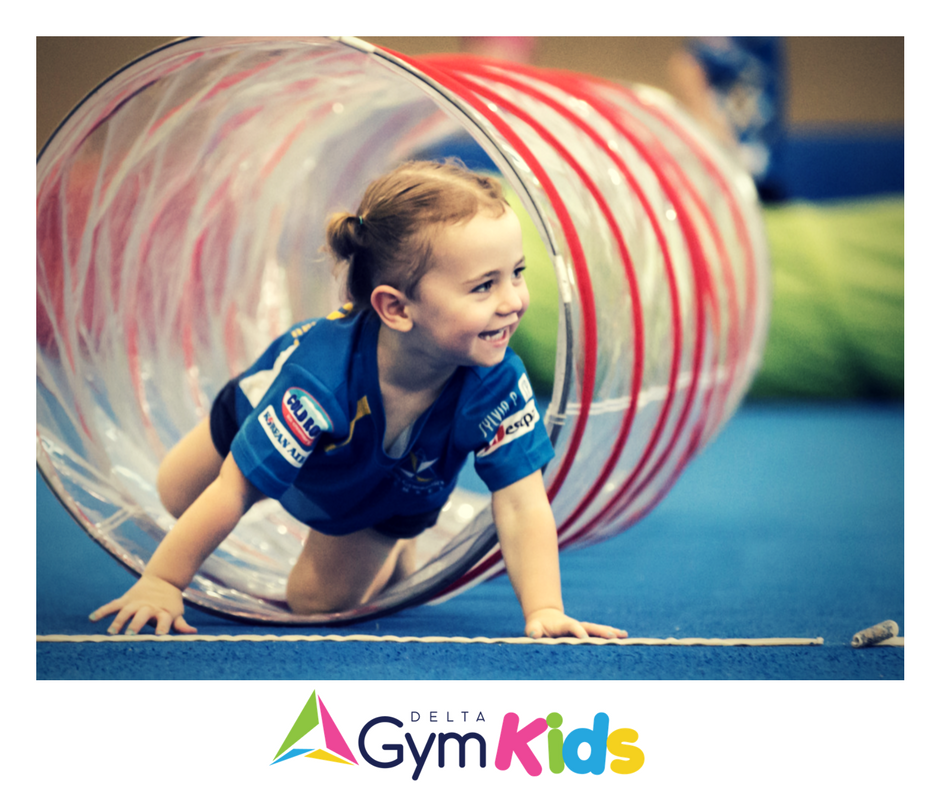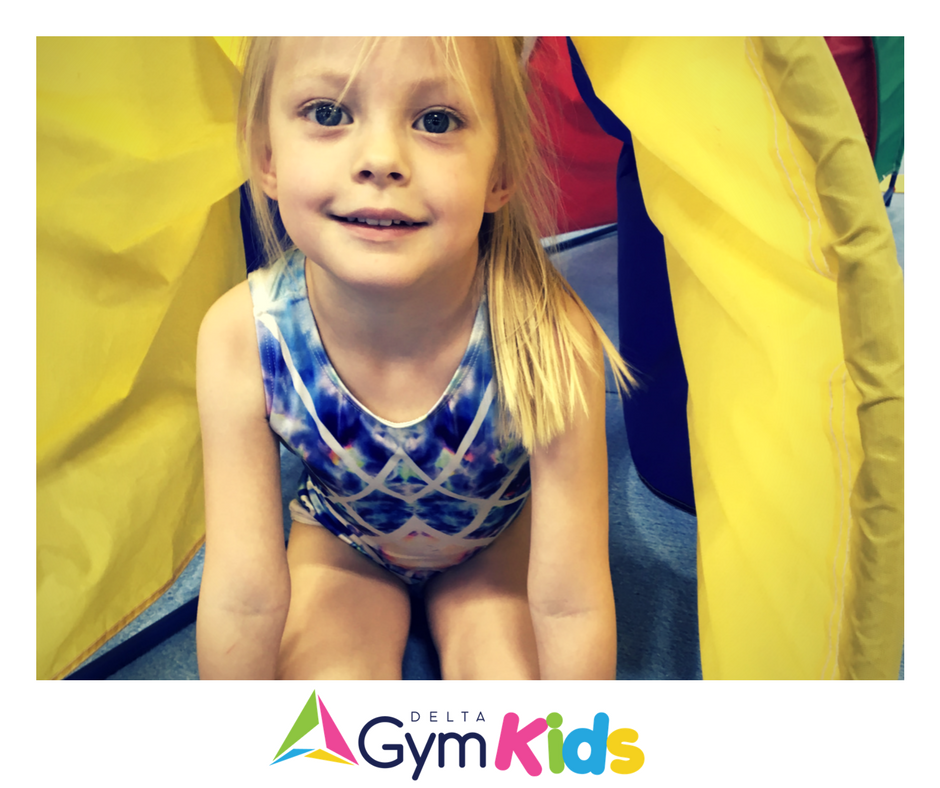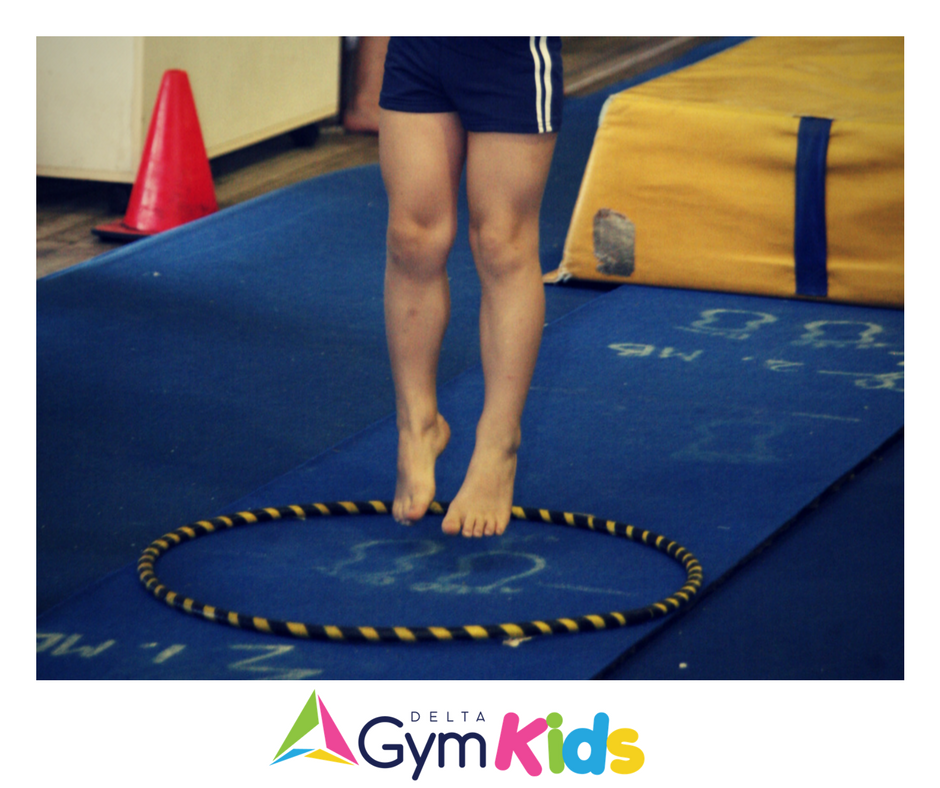A child’s sense of space & where they are in it, has a vital effect on how they move, learn and grow.
At Jnr Gym Kids we have ‘hoops’ of fun exploring where we are in space! Crawling through, stepping and jumping in & out and using them to make rocket shapes with their bodies, are are just some of the activities our Under 5’s are practicing at gymnastics as we play with hoops in the gym.
SPATIAL AWARENESS!
Spatial awareness, learning where our bodies begin & end and how to engage with the world, is acquired by giving children lots of opportunities to move and explore.
As children move through different size spaces and learn to negotiate objects and obstacles, they are learning to map their own body. They are getting to know their own size and shape (and forming a big part of body awareness). Gymnastics provides countless opportunities to develop spatial awareness in kids and with enough practice, that “body map” will become intuitive!
Here’s how it works…
SENSING SPACE
The human body has sensory receptors deep in every muscle, tendon and ligament known as proprioceptive receptors. These receptors provide the brain with important information about the dynamics of the world around us, including where the body or parts of the body are in space at any given time, & how much force or pressure for our bodies to use.
Gymnastics is therefore brilliant in developing good proprioceptive awareness, because activities like climbing, hanging and pushing put pressure on the muscles & joints. Children can feel or sense this pressure, helping them to map their bodies more deeply and more quickly.
However children’s proprioceptive senses are still immature (and not simply because of their age). Remember, they are always growing and changing shape too! So mapping their body and refining their understanding of space is a constant, daily developmental need.
How can I help my child develop their spatial awareness?
Body Mapping – Taking a Space Safari
You can’t “sense” what you haven’t experienced. To help children build their own conscious and intuitive body map, we encourage little ones to try to fit their bodies in, around, between, through, over and under things they come across. Chances are, they’re doing this naturally all the time! Climbing under tables, through tunnels, into cupboards, cardboard boxes, and pretty much anything else that looks like a fun place to hide, is a great way to help build their own body map!
You will notice our circuits at gymnastics have lots of activities for children to go over, under around and through. Lots of fun activities which do so much developmentally for our kids!
USE YOUR WORDS
Spatial awareness is also linguistic. The understanding of the positional words people use to define themselves in space is essential to spatial awareness. As children learn positional vocabulary and use it with their bodies, they develop spatial awareness. This is how children begin to develop an understanding of direction, distance and location.
Positional words include; in and out, front and back, next to and between, left and right, or near and far, on or off.
Build Your Body – Increase Body Awareness
Sometimes low muscle tone can result in clumsy behaviors in children. Children who are sedentary tend to have soft muscles. Strong muscles are needed to support the body in standing, walking, jumping, hopping and balance activities. At Junior Gym Kids we’re all about opportunities to build our body awareness and improve muscle tone.
I Can See It
Set up opportunities to shift your child’s gaze to objects or actions a distance away. An of course, then then back again. Cones, markers or teddies far and near are all great ways to do this!
Identifying Personal Space
Check in with your child asking, “Where are your feet now? Where are you now?” Use arms out to touch or hoops to explore moving around.
Slow Down – You Move Too Fast!
Another reason why some children may seem clumsy and unaware of their bodies in space is because they are moving too fast! their exuberance can totally overpower their spatial awareness, as well as their and fine and gross motor coordination skills. A balance beam certainly has them going slow and steady and helps build that focus and attention to the task.
Many Paediatric Therapists encourage supporting children’s spatial awareness early. Check out this one for some quick suggestions on helping develop body awareness: https://www.yourtherapysource.com/blog1/2015/10/13/5-tips-to-help-children-develop-body-awareness/
Thanks for moving with us at Jnr Gym Kids!

